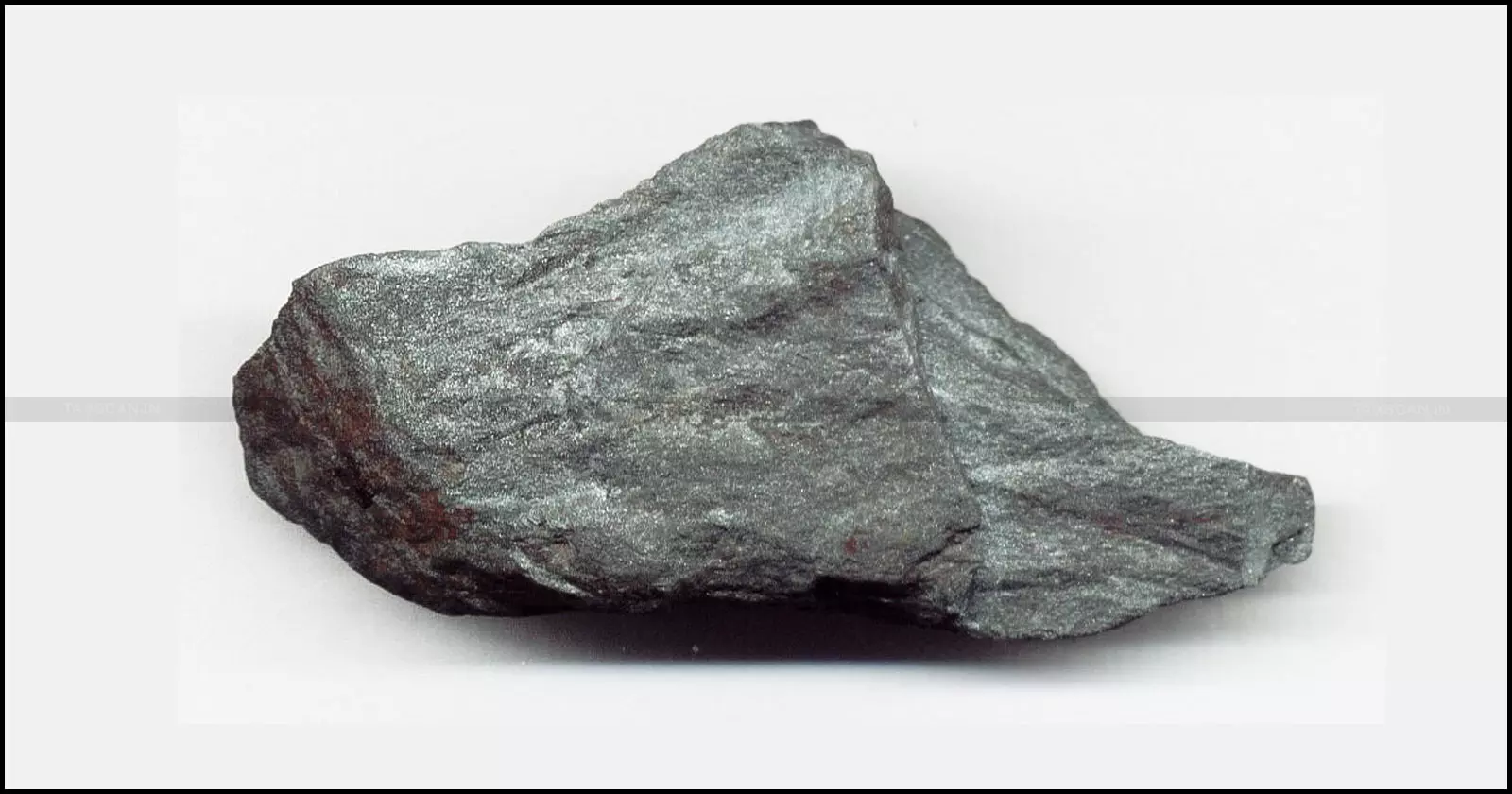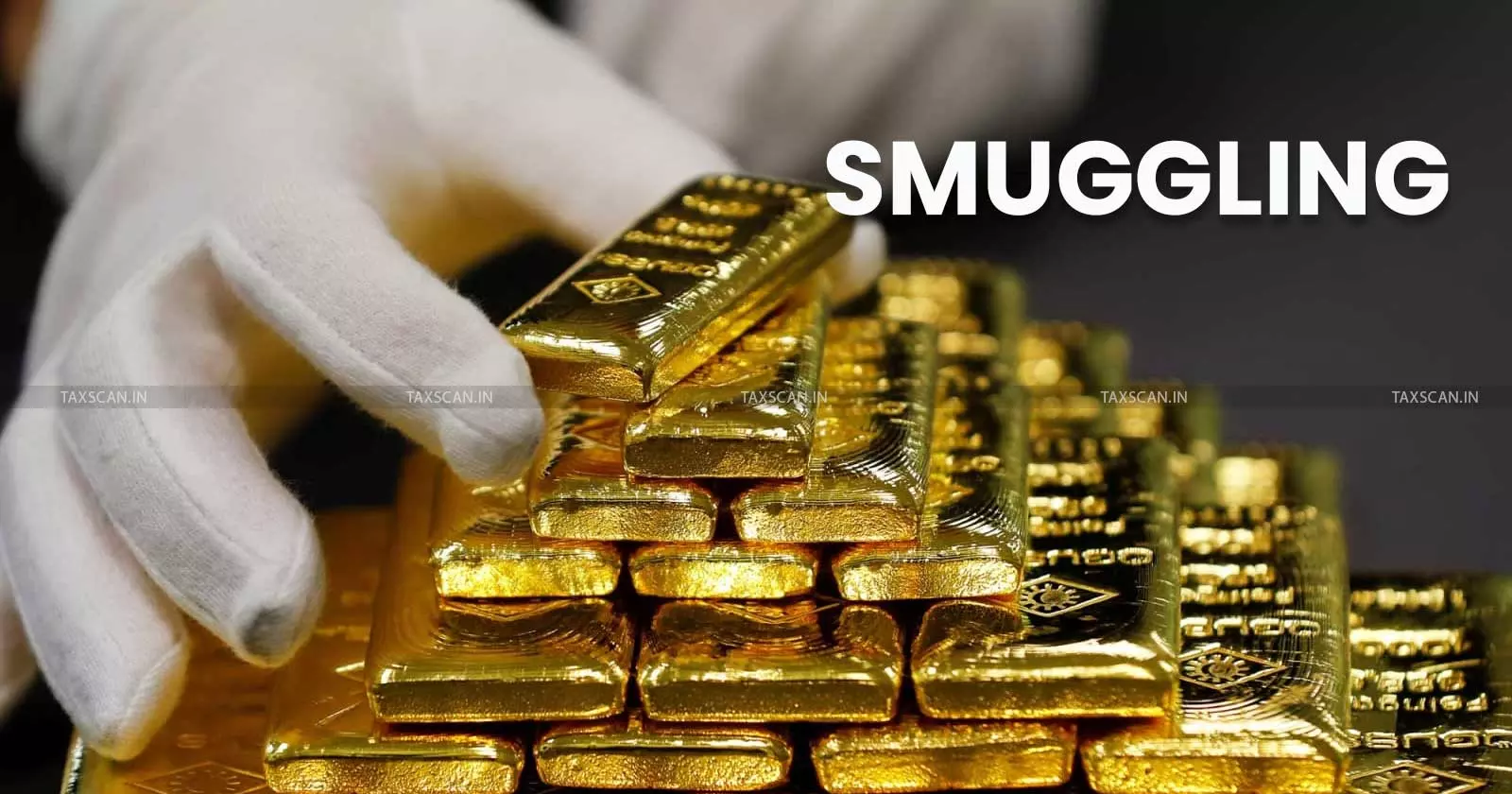Export Duty on Iron Ore to Be Assessed on Wet Metric Ton Basis Till May 2022: CESTAT Follows Bombay HC’s Ruling [Read Order]
CESTAT rules that export duty on iron ore must be assessed on Wet Metric Ton basis till May 2022, following the Bombay High Court’s decision

Iron Ore
Iron Ore
The Chennai Bench of the Customs, Excise, and Service Tax Appellate Tribunal (CESTAT) ruled that export duty on iron ore must be assessed on the Wet Metric Ton (WMT) basis for the period before May 1, 2022, following the decision of the Bombay High Court in V.M. Salgaocar & Brothers Pvt. Ltd. v. Assistant Commissioner of Customs (Export).
Bharat Mines and Minerals and V.S. Lad & Sons, the appellants, are partnership firms engaged in mining and export of iron ore. The department alleged that the appellants had realized higher export proceeds than declared and had undervalued the goods for payment of export duty.
Based on the investigation, the department issued show cause notices proposing to redetermine the value of the exported goods and demand differential duty along with interest and penalties.
The appellant’s counsel argued that export duty on iron ore must be determined on the basis of its natural condition at the time of export, which includes moisture and impurities. He argued that the method followed by the department, based on the dry weight or Dry Metric Ton (DMT), was contrary to the long-established legal position.
Comprehensive Guide of Law and Procedure for Filing of Income Tax Appeals, Click Here
The revenue counsel supported the findings of the adjudicating authority and submitted that the exporters had undervalued the goods and paid less duty. They further argued that the department was correct in reassessing the exports based on the DMT method, as the value of the goods realized later was higher than the value declared at the time of export.
 Also Read:Rs. 2.58 Cr Gold Smuggling Case: Madras HC Grants Bail to Accused Arrested under Customs Act [Read Order]
Also Read:Rs. 2.58 Cr Gold Smuggling Case: Madras HC Grants Bail to Accused Arrested under Customs Act [Read Order]
The two-member bench comprising Ajayan T.V. (Judicial Member) and M. Ajit Kumar (Technical Member) observed that the Supreme Court in Gangadhar Narsingdas Aggarwal had already approved the WMT method, holding that the export duty on iron ore is relatable to its weight in natural condition, which includes impurities and moisture.
The tribunal explained that the dry method was introduced only from May 1, 2022, by way of an amendment in the Finance Act, 2022, and that no retrospective application could be inferred. The tribunal pointed out that the department had failed to test the samples at the time of export and could not retrospectively determine Fe content using a different method.
The tribunal explained that the valuation must reflect the condition of the goods as presented for export. Holding that the WMT method applied to the relevant period, the CESTAT allowed the appeals and set aside the reassessment, differential duty demand, and penalties.
Support our journalism by subscribing to Taxscan premium. Follow us on Telegram for quick updates



